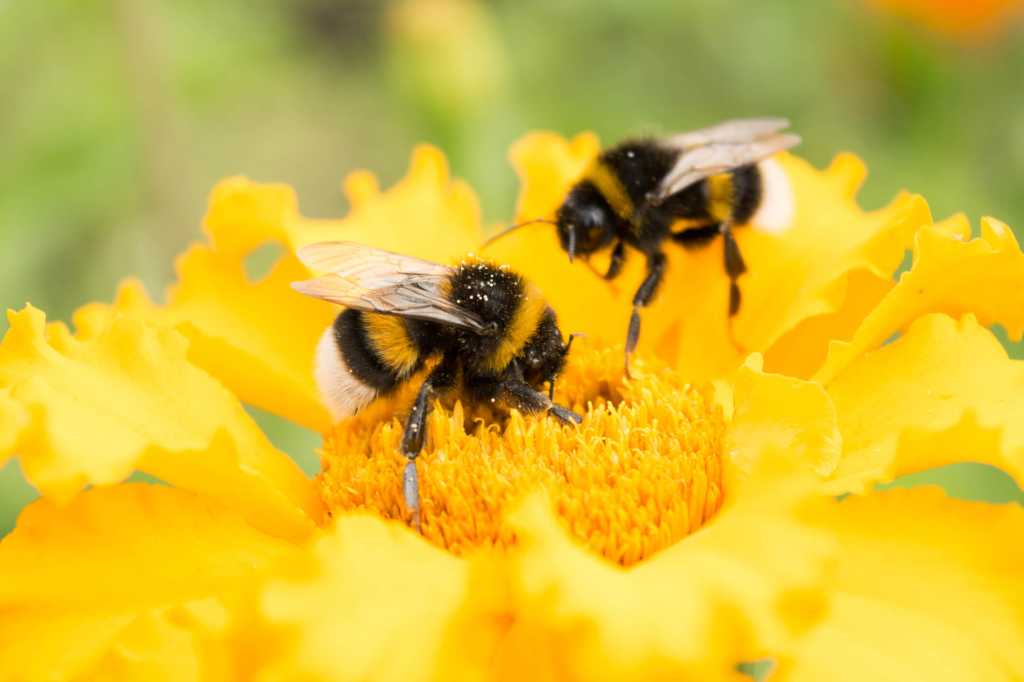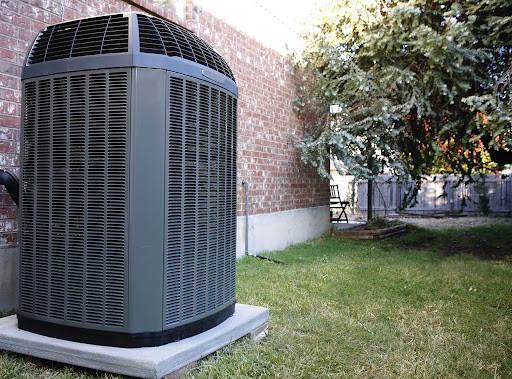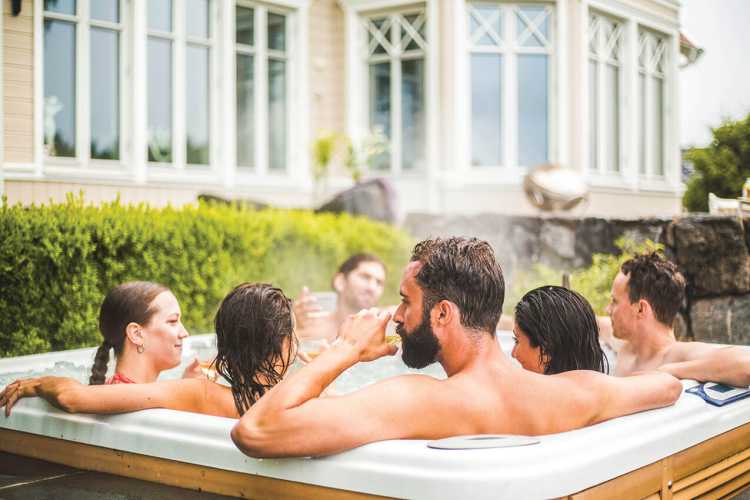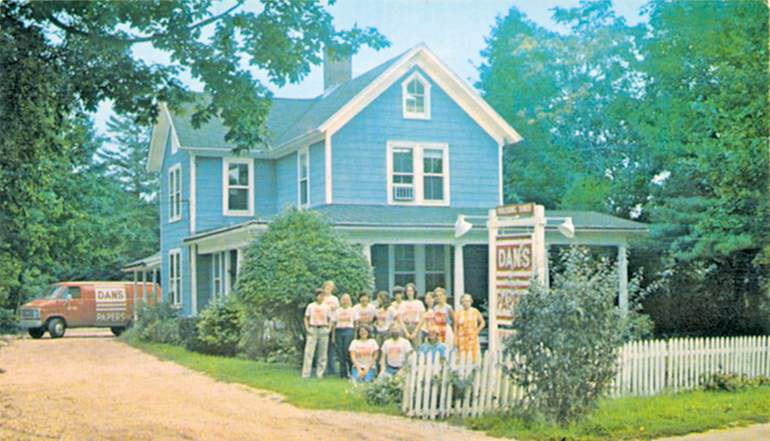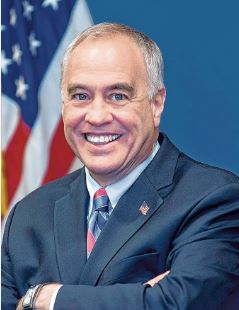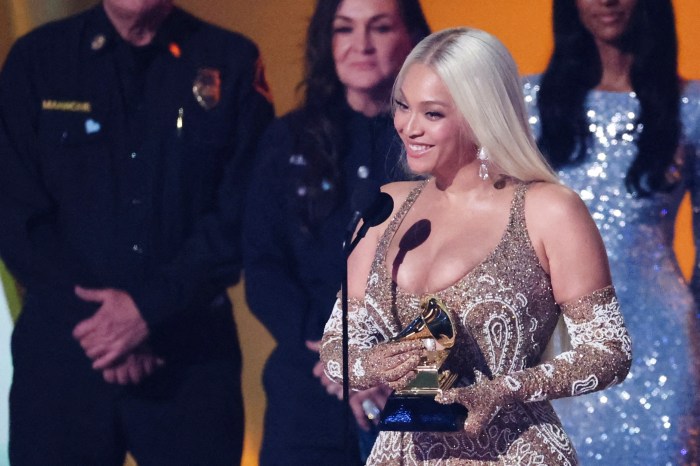A colorful garden in full bloom is an aesthetically appealing sight each spring and summer. The pleasant aromas emanating from such spaces only add to their appeal.
Many variables contribute to a thriving garden, and perhaps none is more important than bees. North America is home to thousands of species of bees, but many of those species are experiencing dwindling populations. According to Scott McArt, an assistant professor of pollinator health in the Department of Entomology at Cornell University, 53 bee species have experienced population declines or range contractions over the last several decades. Individuals accustomed to seeing bees as unwanted guests may wonder why that’s a problem. Though declining bee populations pose a number of problems, perhaps none is more relatable than the link between bees and food production.
A recent study published in the journal Proceedings of the Royal Society B: Biological Sciences noted that declines in both managed and wild bee populations raise significant concerns about long-term food security. Authors of the study noted that crop production would be higher if crop flowers received more pollination. That’s a significant benefit
as the global population continues to increase, but it’s also a notable benefit in the present day from both a food security and economic perspective. In fact, the U.S. Food and Drug Administration reports that commercial production of more than 90 crops relies on roughly 3,600 bee species. Declining bee populations could put that production in serious jeopardy and create a domino effect that impacts
food security and individuals’ livelihoods.
All is not lost in the fight to restore bee populations. In fact, McArt indicated in a 2019 report that bee populations are thriving in agricultural and natural areas. But bee populations also must thrive in suburban and urban areas. Planting a pol- linator-friendly garden is one step McArt suggested gardening hobbyists can take to help restore bee populations. When planting to combat declining bee populations, homeowners should always look for native plants, as they are well-adapted to local climates and unlikely to upset local ecosystems. Lo- cal garden centers can be great resources for anyone looking to plant native species. According to HGTV, the following are just a handful of the many bee-friendly garden flowers and plants homeowners can consider for their gardens: bee balms, honeysuckles, sunflowers, cosmos, strawberries, dahlias, butterfly
bushes, crocuses, pot marigolds and geraniums. With bee populations in decline, if efforts to restore those populations are not embraced, the consequences for future generations could be dire. Homeowners can do their part by planting bee-friendly flowers and plants on their properties.
For more home improvement articles, click here.
Email tvecsey@danspapers.com with further comments, questions or tips. Follow Behind The Hedges on Twitter, Instagram and Facebook.

